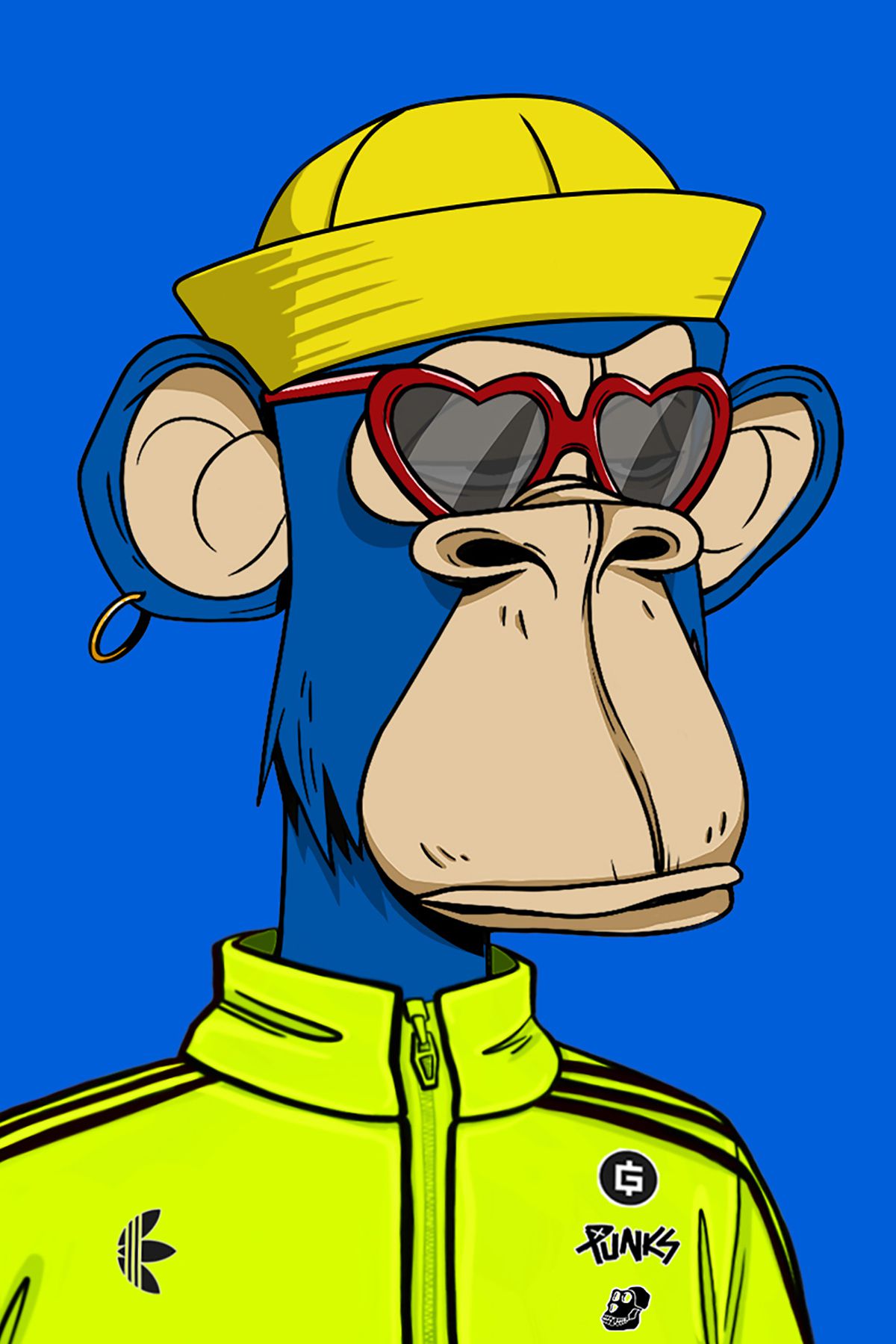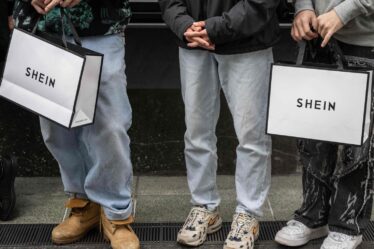
When Adidas released its Into the Metaverse NFT collection in December 2021 — the largest web3 project by a fashion or footwear company to that point — all 30,000 of the tokens sold in a matter of hours. Their cost at the time: around $800.
These days, you can buy one for about $260 on the NFT marketplace OpenSea.
In fairness, it’s not a perfect apples-to-apples comparison. The tokens are bought and sold in the cryptocurrency Ether, which itself has fallen in value, and original buyers were able to claim benefits like exclusive physical products, including a neon tracksuit, that are no longer available. Adidas phased out the collection earlier this year, introducing a new NFT project in April called ALTS that holders of Into the Metaverse could claim by “burning” their tokens. Those haven’t fared much better: ALTS tokens briefly jumped above $1,000 in April but now trade closer to $250.
The frenzy around fashion NFTs has all but fizzled, at least as measured in trading of the assets on secondary marketplaces. Data compiled for BoF by Nansen, an NFT analytics provider, show even collections from major brands like Adidas, Nike and Gucci have seen fewer purchases and falling values. The broader crypto market is in a prolonged downturn, and the marketing firepower of fashion’s biggest names hasn’t been enough to prop up their NFTs, which don’t carry the same cachet as their products in the physical world.
“If I was looking at trading volume, then a lot of these collections definitely appear to be complete failures,” said Martin Lee, content and communications lead at Nansen.
Even so, fashion isn’t abandoning the concept. Brands are taking different approaches after learning from those early tests.
Despite the crypto slowdown, many companies are still putting time and effort into web3. In May, Gucci announced a multi-year deal with Yuga Labs, the company behind popular NFT collections including Bored Ape Yacht Club and CryptoPunks. Nike recently sold more than 97,000 sneaker NFTs — each costing roughly $20 — in its first sale of the tokens under its own name rather than through RTFKT, the NFT label it acquired in 2021. In June, Louis Vuitton introduced €39,000 Travel Trunk NFTs, which give owners access to exclusive products and experiences, in a sense making good on Bernard Arnault’s promise that LVMH brands would never be caught selling virtual sneakers for €10.
Notably, neither Nike nor Louis Vuitton marketed their digital goods as NFTs. Soon, Gucci will also be without both Robert Triefus and Marco Bizzarri, the executives who led its charge into web3, raising questions about whether it will continue down the same path.
Lee said the early NFT collections from fashion brands were likely experiments, and what they’ve done is offer “interesting data points and at least rough insight into what they can do and what they can’t do.” One thing they have not been able to do, despite the involvement of some of fashion’s biggest names, is create NFTs that buyers adopt as a high-priced profile picture to represent them online, the way blue-chip projects like Bored Ape Yacht Club and CryptoPunks have.
Generally speaking, fashion NFTs have followed a similar trajectory: They launch with a lot of hype, but quickly afterward, the enthusiasm dies. While it’s true the entire NFT market has declined, fashion NFTs experienced a downturn much earlier than the broader market, according to Lee, and may see days of no trading activity at all, even as collections like Bored Apes continue to be bought and sold.
Prices have taken a similar tumble. On the secondary market, prices for Gucci’s NFT collaboration with toymaker Superplastic jumped after the collection launched last year. But they began to fall soon after and have generally inched downward for months. A similar trend is evident across other projects.
“In the real world, Gucci is a luxury item, but in the NFT world, the luxury versions of NFTs are your CryptoPunks,” Lee said. “[Gucci NFTs] don’t carry the same social-status signalling as carrying a Gucci in real life.”
Brian Trunzo, the metaverse lead for Polygon Studios, which works with brands creating projects on the Polygon blockchain, said fashion NFTs are in a bit of a “weird adolescence.” The early phase of releasing what he described as “digital relics” is over and brands are trying to find more practical applications for the technology in their supply chains, as loyalty programmes or as a means of managing customer relationships, and as a way to provide digital identities to physical goods — all uses that are still maturing.
In this context, trading activity doesn’t always make sense as the best way to judge success. For just over a year and counting, Prada has let shoppers who buy certain limited-edition physical products claim a corresponding Timecapsule NFT; they aren’t the sort of assets owners resell for high prices. Nike doesn’t yet allow trading of the NFTs it released under its own brand.
Adidas declined to be interviewed for this story, but in an emailed statement, Stacey King, global head of community and activation at Three Stripes Studio, Adidas’s in-house hub for web3 and virtual experiences, said they work “with the mindset that we are here to provide value to the community and bridge the gap between Web3 and what the brand already does well — fashion and sport.” Adidas’ aim is to use NFTs to change the typical brand-consumer paradigm by giving holders a say in the creation of future products through voting rights and the direct line they have to Adidas on the chat platform Discord.
One takeaway from the plunge in NFT trading is that brands probably shouldn’t count on NFTs as a major source of revenue through royalties. They can be coded to kick a share of the sale price back to their creator each time they change hands, but as sales activity and prices have fallen, those royalties have dried up. There are also technical loopholes that allow people to circumvent them. Companies such as Adidas and Nike — primarily through RTFKT — were able to capitalise to a degree on the early NFT mania, but a project launching now probably wouldn’t produce the same revenue.
For now, many brands, or at least those with room in their budgets, look set to continue introducing web3 projects. They just probably won’t look like they did in 2021 and early 2022, which is for the best since, at this stage, brands shouldn’t expect collectors with deep pockets to go wild buying just any digital trinkets they release. They may be better served considering where blockchain, the technology underlying NFTs, can add value.
Trunzo expects more brands will take that approach while “tucking away that technology under the hood” rather than making it a talking point. That’s also probably for the best. Many consumers appear to be done talking about it.



